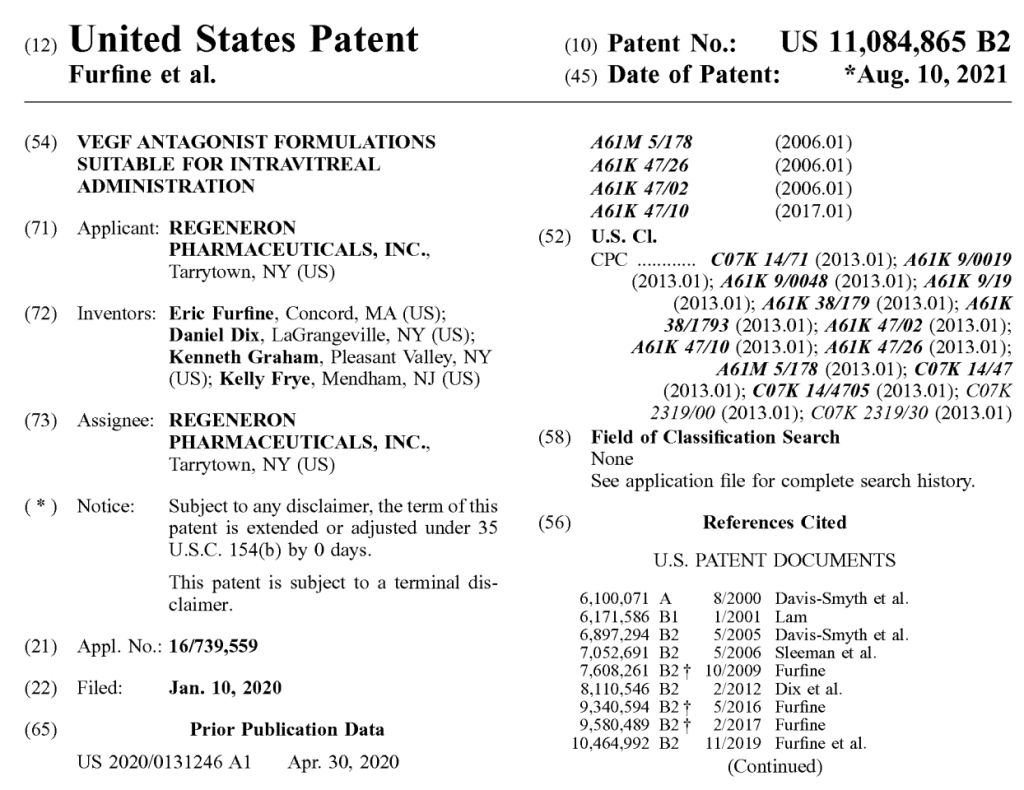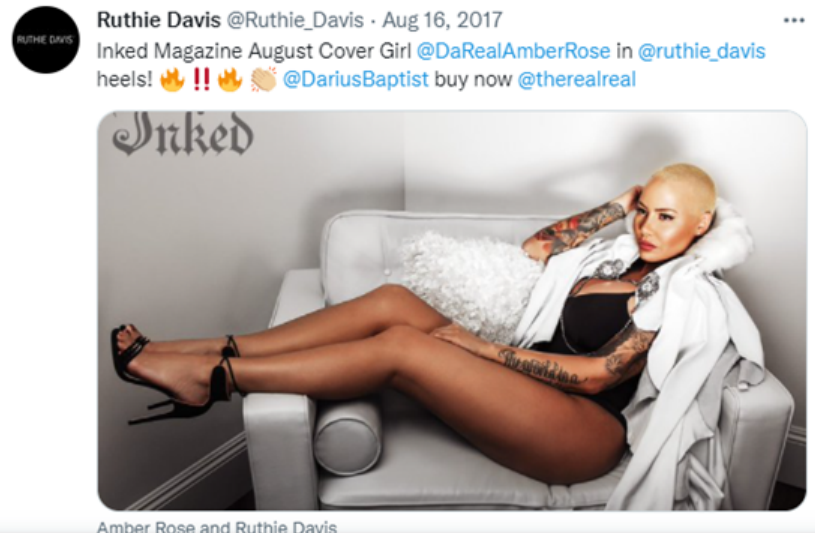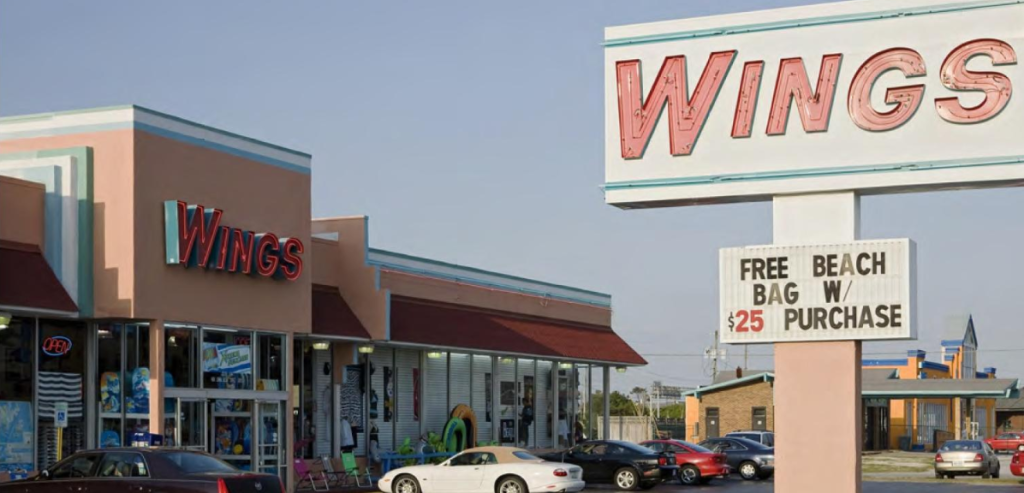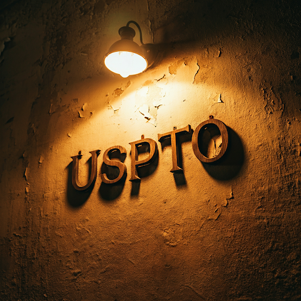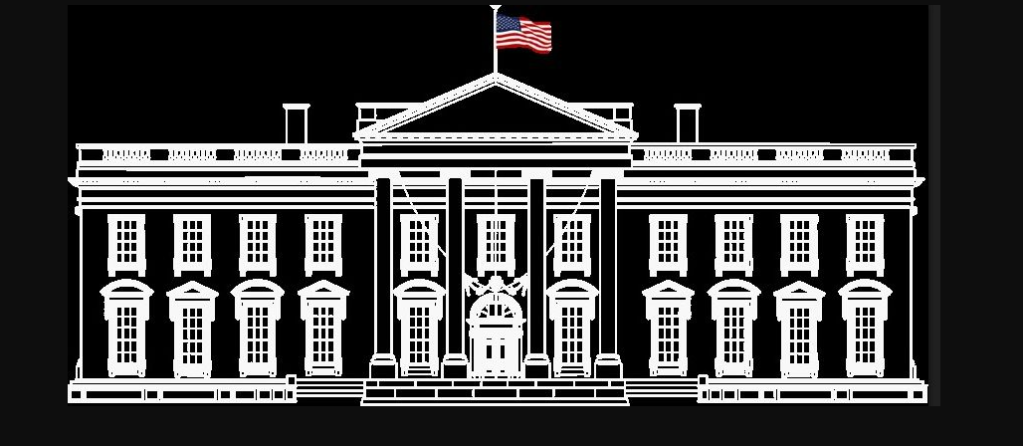by Dennis Crouch
The U.S. Patent and Trademark Office faces unprecedented challenges as recent executive directives force dramatic changes to its operations. I think that folks across the spectrum from right to left would agree that current changemaking at the White House is following a brutalist approach that treats all federal employees and agencies as interchangeable parts rather than recognizing their unique roles, specialized expertise, and operational requirements. Rather, it is following the old adage that to make an omelet you must break a few eggs. The White House appears willing to sacrifice individual careers, institutional knowledge, and what Reagan Appointee Sandra Day O'Connor termed a "carefully crafted" systems, in pursuit of its broader agendas and the hope of later instilling federal workers who are more favorable to conservative control. So far, USPTO Acting Director Coke Morgan Stewart has been silent except to indicate that she is fully implementing White House orders and requests.
A joint letter from the Intellectual Property Owners Association (IPO) and American Intellectual Property Law Association (AIPLA) to Congress highlights that the patent application backlog is at a high point. But, rather than addressing this critical backlog, recent policy shifts threaten to exacerbate delays and trigger a major exodus of experienced patent professionals from the system that is fully user-fee funded. FINAL-IPO-AIPLA-Joint-Letter-to-Senate-re-Hiring-Freeze-and-Return-to-Work-2.3.25. The letter asks that the USPTO be "exempted from executive actions that could further hinder its ability to meet its mission. . . . Specifically, the Hiring Freeze, the Return to In-Person Work mandate, and the Deferred Resignation Email to Federal Employees could severely restrict the agency’s ability to address its growing workload." The letter avoids discussing other hot button issues, such as the USPTO's full compliance with White House executive order titled "Defending Women from Gender Ideology Extremism and Restoring Biological Truth."
Of particular concern today is the new mandate requiring
To continue reading, become a Patently-O member. Already a member? Simply log in to access the full post.

